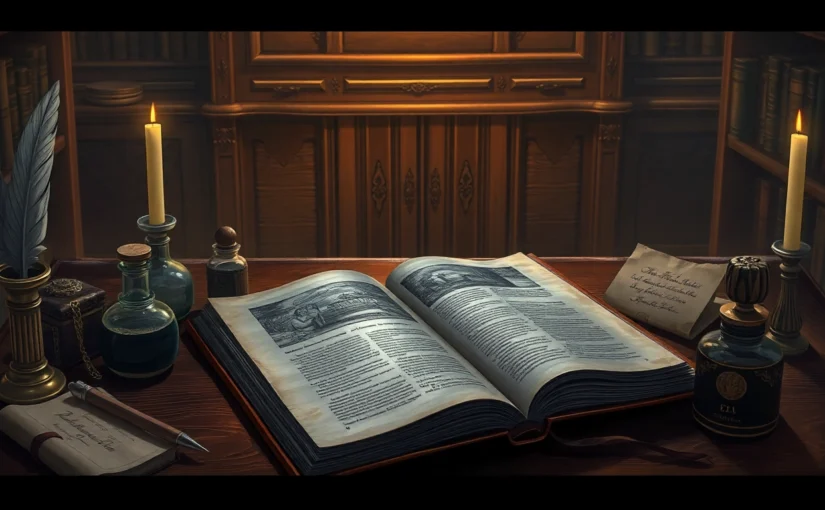Upgrading entryways can dramatically boost curb appeal, energy efficiency, and daily comfort. At Modern Day Exterior Doors, we guide Indianapolis homeowners through a thoughtful replacement journey—from initial needs to final finishes. If you’re considering replace a sliding glass door, our team helps you choose styles, materials, and features that fit your home and budget.
1. Understanding Replacement Doors and Why It Matters
1.1 What does it take to replace a sliding glass door?
Replacing a sliding glass door starts with removing the old unit and preparing the rough opening. A stable frame and proper flashing are essential to prevent leaks and drafts. Skilled installation ensures long-term performance, energy efficiency, and smooth operation for years to come.
1.2 Measuring openings and assessing structure
Accurate measurements are the foundation of a flawless fit. Measure width at multiple points, height at several locations, and verify that the rough opening is square and plumb. This step also reveals any rot or structural concerns that may require repair before new doors are installed.
1.3 Budgeting for a door replacement project
Budgeting should account for the door itself, labor, and any needed structural work or upgrades to meet current building codes. A clear estimate includes hardware, flashing, insulation, and threshold adjustments, helping you avoid surprises during installation.
2. Planning Your Door Upgrade: Style, Material & Features
2.1 Replacing a sliding glass door: energy ratings and glass options
Energy performance is driven by U-factor, Solar Heat Gain Coefficient (SHGC), and glass coatings. Options range from standard glass to Low-E coatings with inert gas fills, providing better insulation, glare control, and comfort year-round.
2.2 Choosing door types for your home
Door types vary by style and traffic needs. Sliding doors maximize openings, while French or hinged exterior doors offer classic aesthetics. Material choices—vinyl, fiberglass, wood, or aluminum—affect maintenance, durability, and insulation.
2.3 Customization options with Modern Day Window and Door
Customization aligns with your home’s architecture and color palette. Select finish colors, grille patterns, and hardware finishes, and coordinate with adjacent windows to achieve a cohesive exterior and interior look.
3. Our 4-Step Door Replacement Process
3.1 Step 1: In-home consultation and measurements
During the in-home visit, our specialists review design goals, energy requirements, security needs, and site specifics. Precise measurements and clear expectations set the stage for a smooth project.
3.2 Step 2: Fabrication and ordering for your door
Once options are approved, we coordinate fabrication and scheduling. Custom components—color, glass, hardware—are confirmed, with lead times communicated upfront to minimize disruption.
3.3 Step 3-4: Installation, finishing, and final checks
Installation combines careful fitting, waterproof sealing, and threshold alignment. Finishing touches include trim, low-maintenance finishes, and a final performance check to ensure proper operation and warranty readiness.
4. Types of Exterior Doors We Offer
4.1 Sliding glass patio doors configurations
Configurations range from single-panel sliders to multi-panel systems and pocket-door options. Track quality, weatherstripping, and sill design influence energy efficiency and everyday usability.
4.2 Premium exterior doors for security and aesthetics
Premium doors emphasize reinforced locking systems, durable frames, and high-performance glass. A robust exterior looks great while delivering improved protection against the elements and intruders.
4.3 Matching windows and doors for a cohesive look
Coordinated finishes, hardware, and color schemes between doors and windows create a unified curb appeal. This approach simplifies maintenance and enhances the overall architectural integrity of your home.
5. Connect with Local Experts and Maintenance
5.1 Why choose Modern Day Exterior Doors?
Our Indianapolis-based team combines local knowledge with broad industry experience. We prioritize transparent pricing, reliable installation, and responsive customer support to keep your project on track.
5.2 Maintenance, warranties, and service in Indianapolis
Regular maintenance—cleaning tracks, inspecting seals, and lubricating hardware—extends door life. Warranties cover performance and materials for defined periods, with local service available for adjustments and repairs.
5.3 Next steps: schedule a free quote to replace a sliding glass door
Ready to move forward? Reach out to schedule a no-pressure, in-home quote, discuss options, and map a timeline that fits your schedule and budget.





